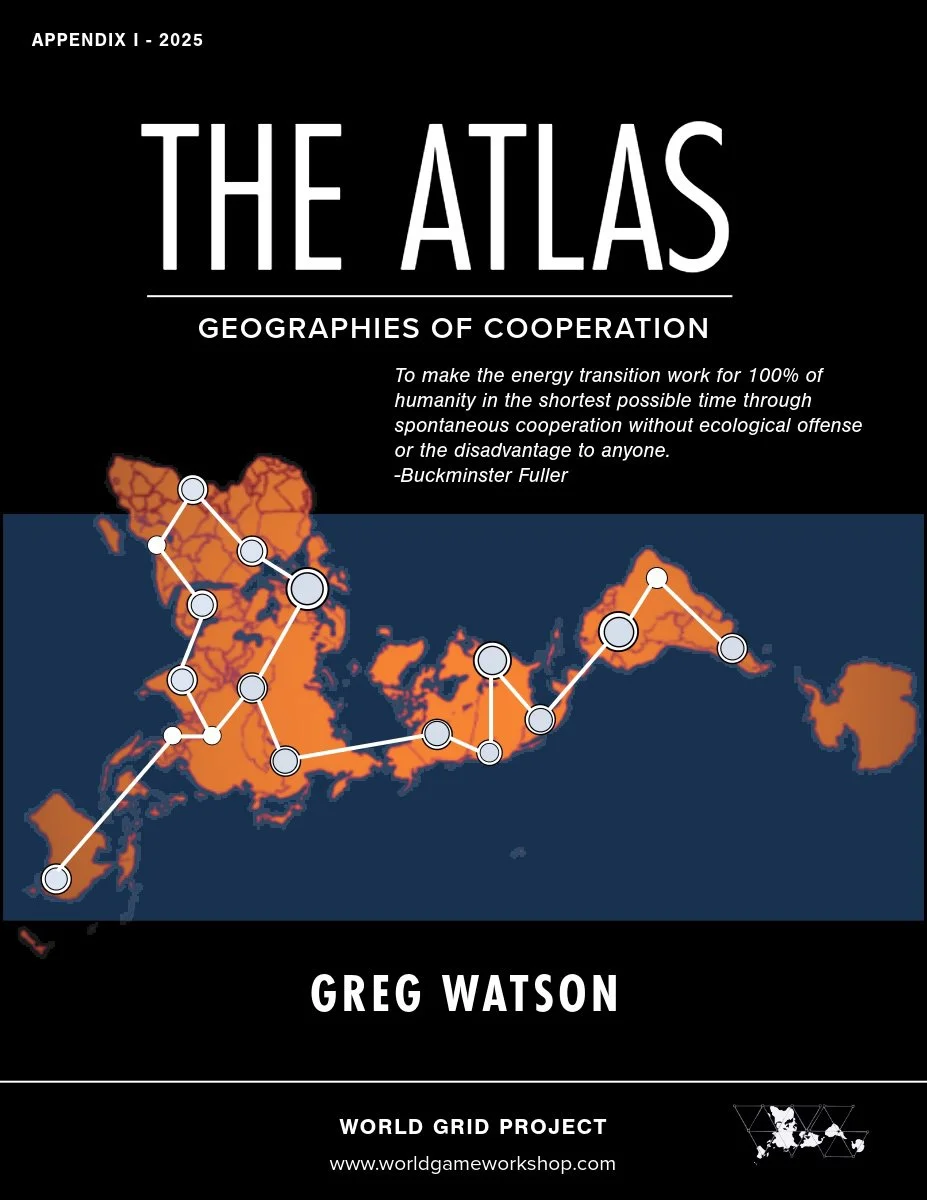Discovering Humanity’s Options For Success
"To make the world work for 100% of humanity in the shortest possible time through spontaneous cooperation without ecological offense or the disadvantage of anyone."
— R. Buckminster Fuller
How do we navigate a rapidly changing world?
Humanity, at this critical juncture in history, contends with changes of immense complexity. The emergence of a new world order, combined with the dawning of the Anthropocene - where human activity is the dominant influence on Earth’s systems - has humanity reeling. The scale and pace of unfolding events impedes our ability to anticipate and adequately respond to their potential impacts using traditional tools of analysis.
To create a sustainable future, we must develop effective ways to communicate, understand and engage with the underlying global forces at play, including those contributing to the negative consequences of human activity, such as human-induced climate change. As a global community we need resources and experiential tools for envisioning whole systems and understanding the dynamic nature of interrelationships within those systems. And most importantly, we must discover large scale trends, patterns and principles for anticipating, recognizing, and solving humanity’s most pressing problems — the majority of which are global in scope.
Empowering Global Problem-Solving
Why World Game™ Workshop?
Imagine gaining access to tools and processes designed to illuminate accelerating threats to our well-being while informing us of opportunities to make positive progress in the face of these challenges.
The World Game™ Workshops will offer dynamic, real-time, data-driven experiences designed to:
Develop a global systems literacy toolkit and skills for application
Help participants identify real leverage points for change
Empower individuals with the tools to make informed decisions
Inspire action towards a thriving future for both humanity and the planet
With access to these resources, we are well-equipped to participate in and inform the decision-making processes that determine humanity’s fate. We transform from passive observers to active participants in shaping our future.
This is why we are reviving and evolving Buckminster Fuller’s World Game™ Workshops.
Drawing from nearly 40 years of experience of successful participatory global simulations inspired by design scientist R. Buckminster Fuller’s visionary work, we are developing an innovative program that integrates:
Interactive and Immersive Learning Experiences
Insights from Cognitive Science and Online Gaming
Lessons from Social Science and Historical Data
21st Century Technology and Real-time Data























